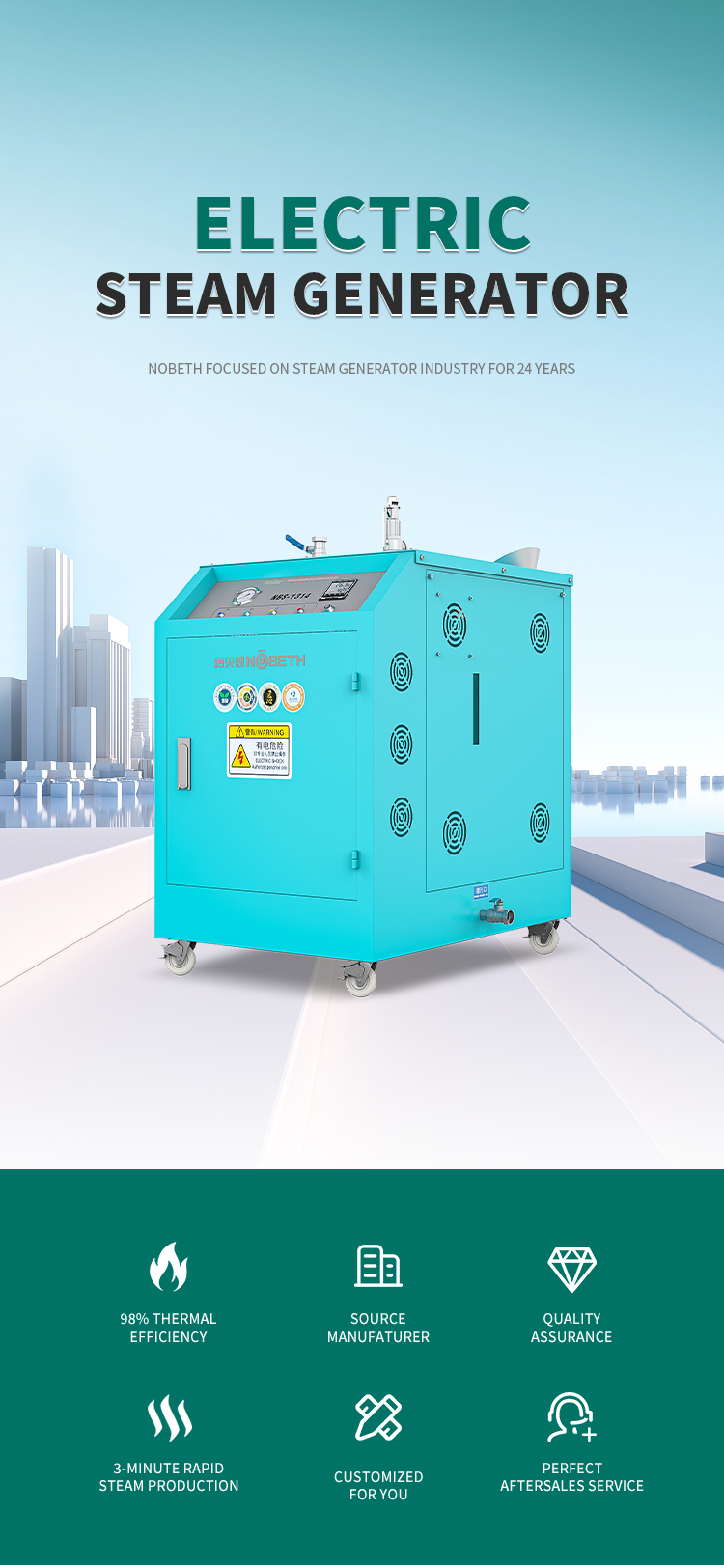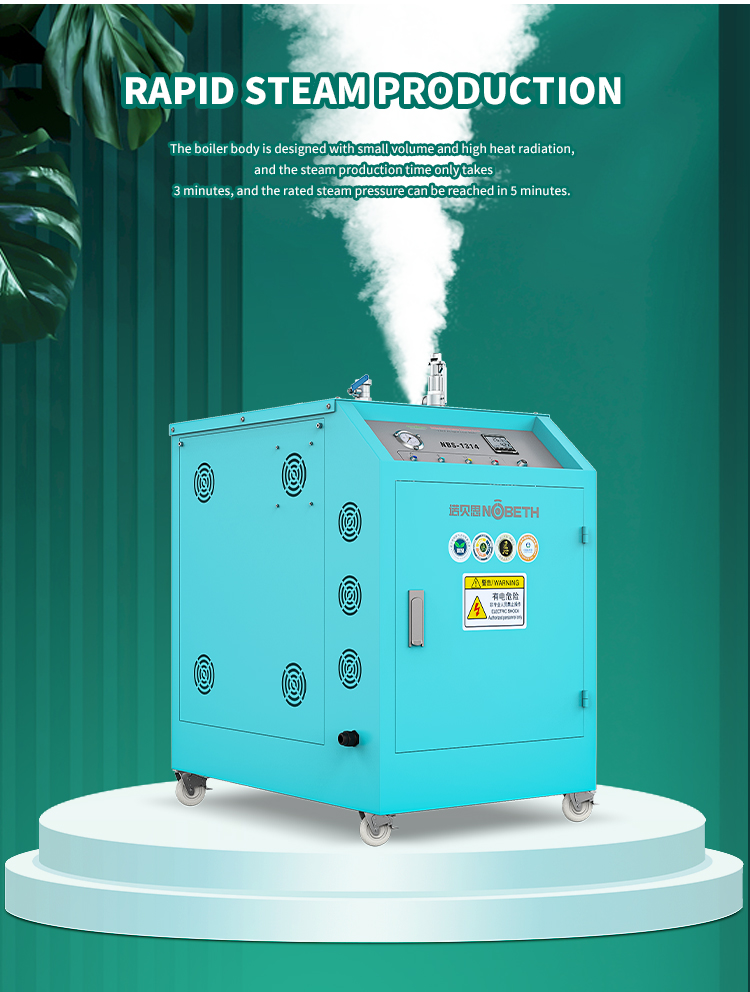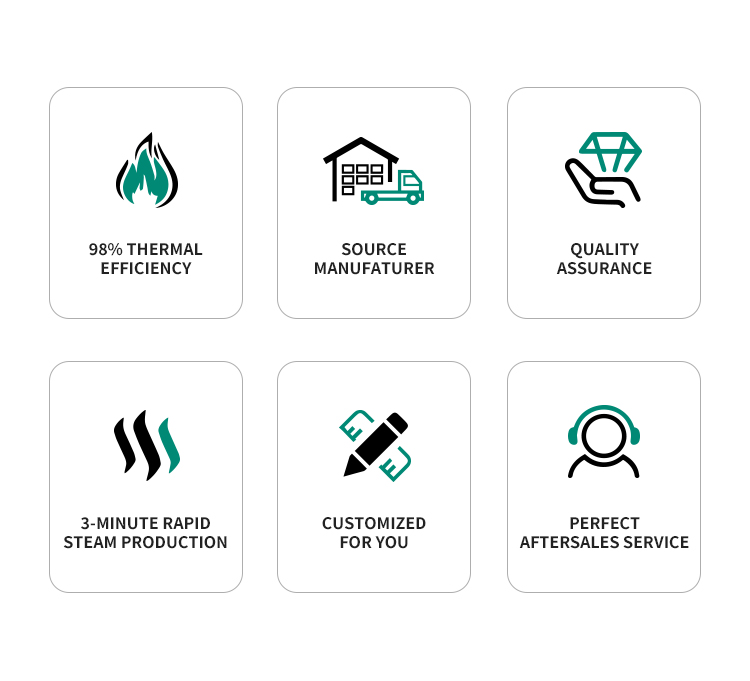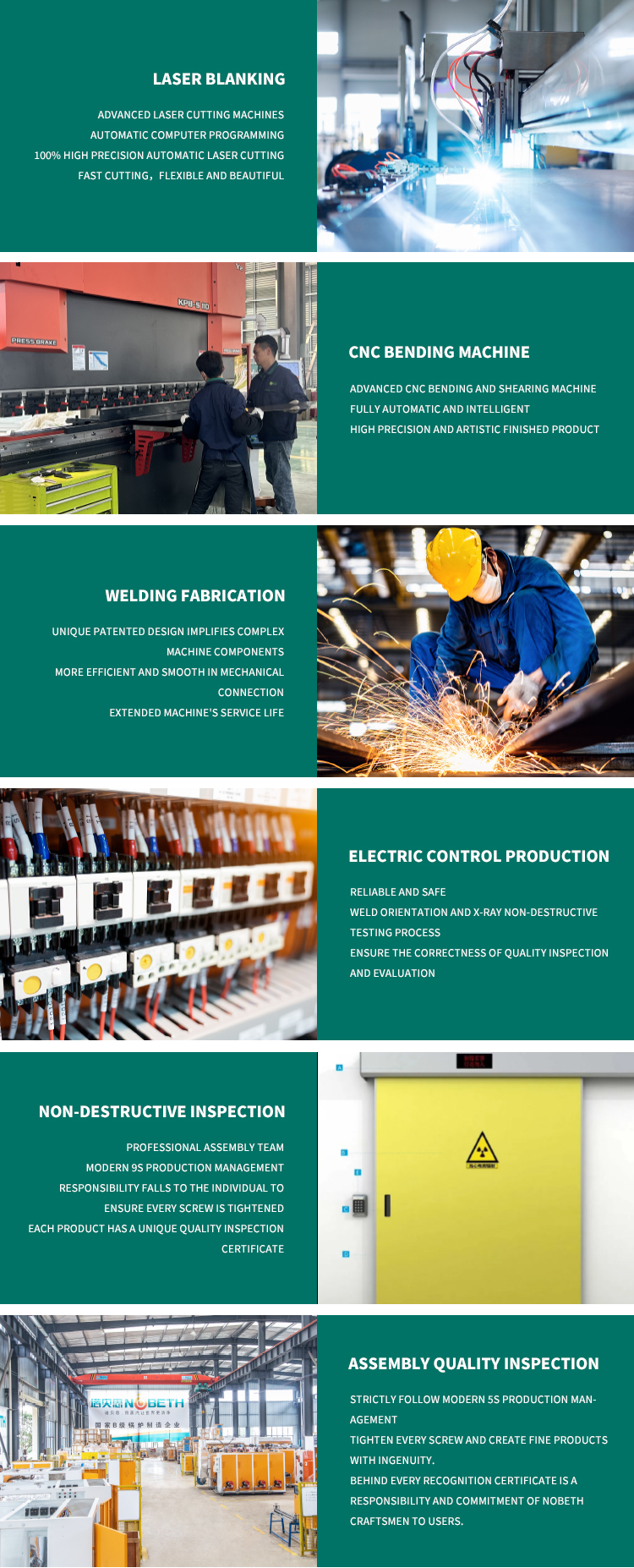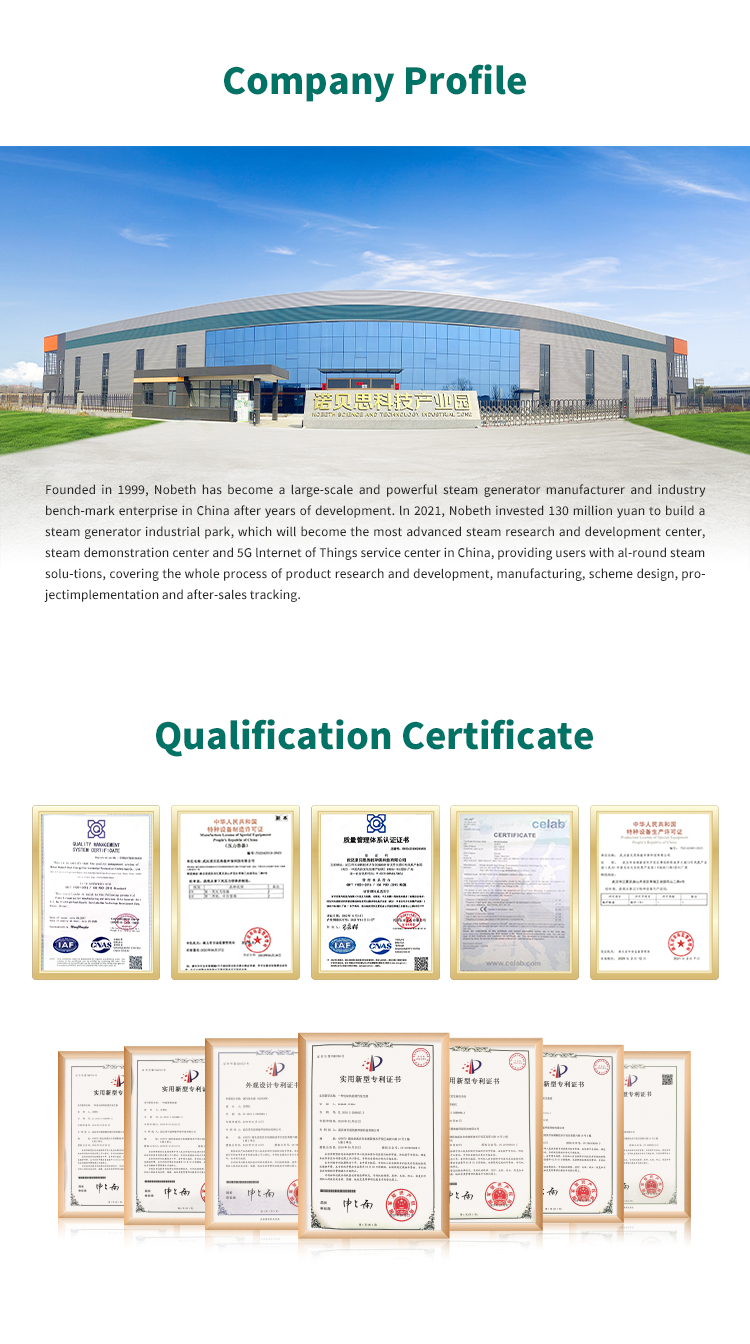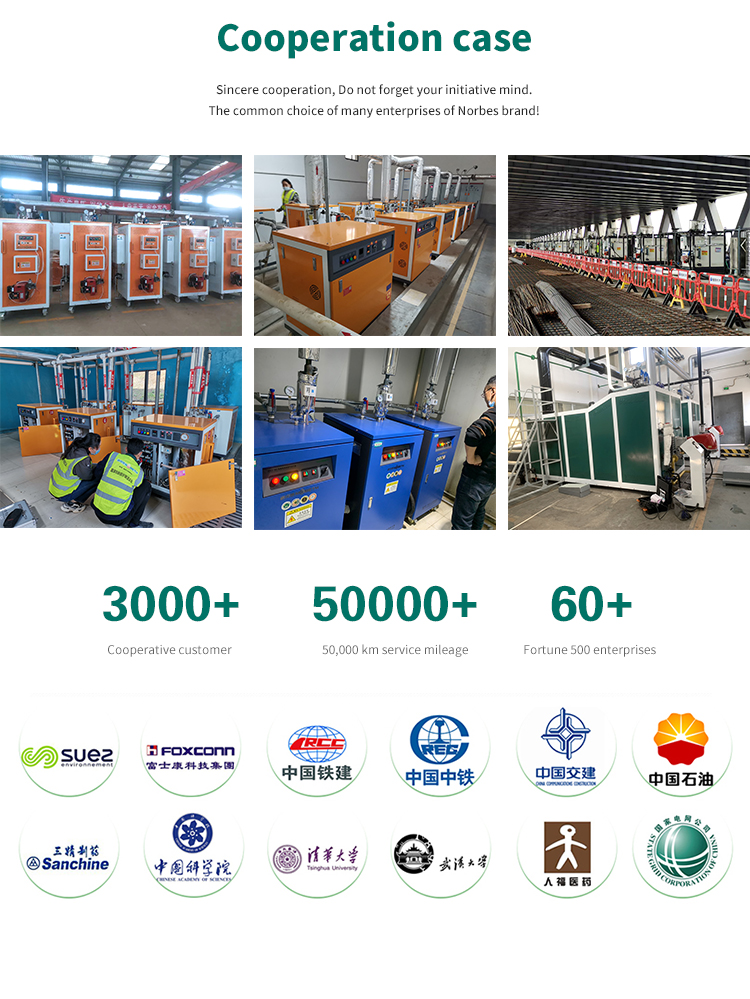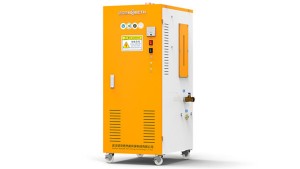
4.5kw Electric Steam Generator for Laboratory
2. Recovery through back pressure
According to this method, condensate is recovered by utilizing the steam pressure in the trap.
The condensate piping is raised above the level of the boiler feed tank. The steam pressure in the trap must therefore be able to overcome the static head and frictional resistance of the condensate piping and any back pressure from the boiler feed tank. During cold start, when the amount of condensed water is the highest and the steam pressure is low, the condensed water cannot be recovered, which will cause a delay in starting and the possibility of water hammer.
When the steam equipment is a system with a temperature control valve, the change of the steam pressure depends on the change of the steam temperature. Likewise, the steam pressure is not able to remove the condensate from the steam space and recycle it to the condensate main, it will cause water accumulation in the steam space, temperature imbalance thermal stress and possible water hammer and damage, process efficiency and quality will fall.
3. By using the condensate recovery pump
Condensate recovery can be achieved by simulating gravity. Condensate drains by gravity to an atmospheric condensate collection tank. There a recovery pump returns the condensate to the boiler room.
Pump selection is important. Centrifugal pumps are not suitable for this use, as the water is pumped by the rotation of the pump rotor. The rotation reduces the pressure of the condensed water, and the pressure reaches the minimum when the driver is idling. For the condensed water temperature at 100 ℃ atmospheric pressure, the pressure drop will cause some condensed water to not be in a liquid state, (the lower the pressure, the lower the saturation temperature) , the excess energy will re-evaporate part of the condensed water into steam. When the pressure rises, the bubbles are broken, and the liquid condensed water impacts at a high speed, which is cavitation; it will cause damage to the blade bearing; burn out the motor of the pump. In order to prevent this phenomenon, it can be achieved by increasing the head of the pump or reducing the temperature of the condensed water.
It is normal to increase the head of the centrifugal pump by raising the condensate collection tank several meters above the pump to achieve a height greater than 3 meters, so that the condensate discharge from the processing equipment reaches the condensate collection tank by raising the pipe behind the trap to reach a height above the collection box. This creates a back pressure on the trap making removal of condensate from the steam space difficult.
The temperature of the condensate can be reduced by using a large uninsulated condensate collection tank. The time for the water in the collection tank to rise from the low level to the high level is enough to reduce the temperature of the condensate to 80°C or lower. During this process, Condensation of 30% of the hot star is lost. For every ton of condensate recovered in this way, 8300 OKJ of energy or 203 liters of fuel oil are wasted.
Products categories
-

E-mail
-

Phone
-

WhatsApp
-

Top


